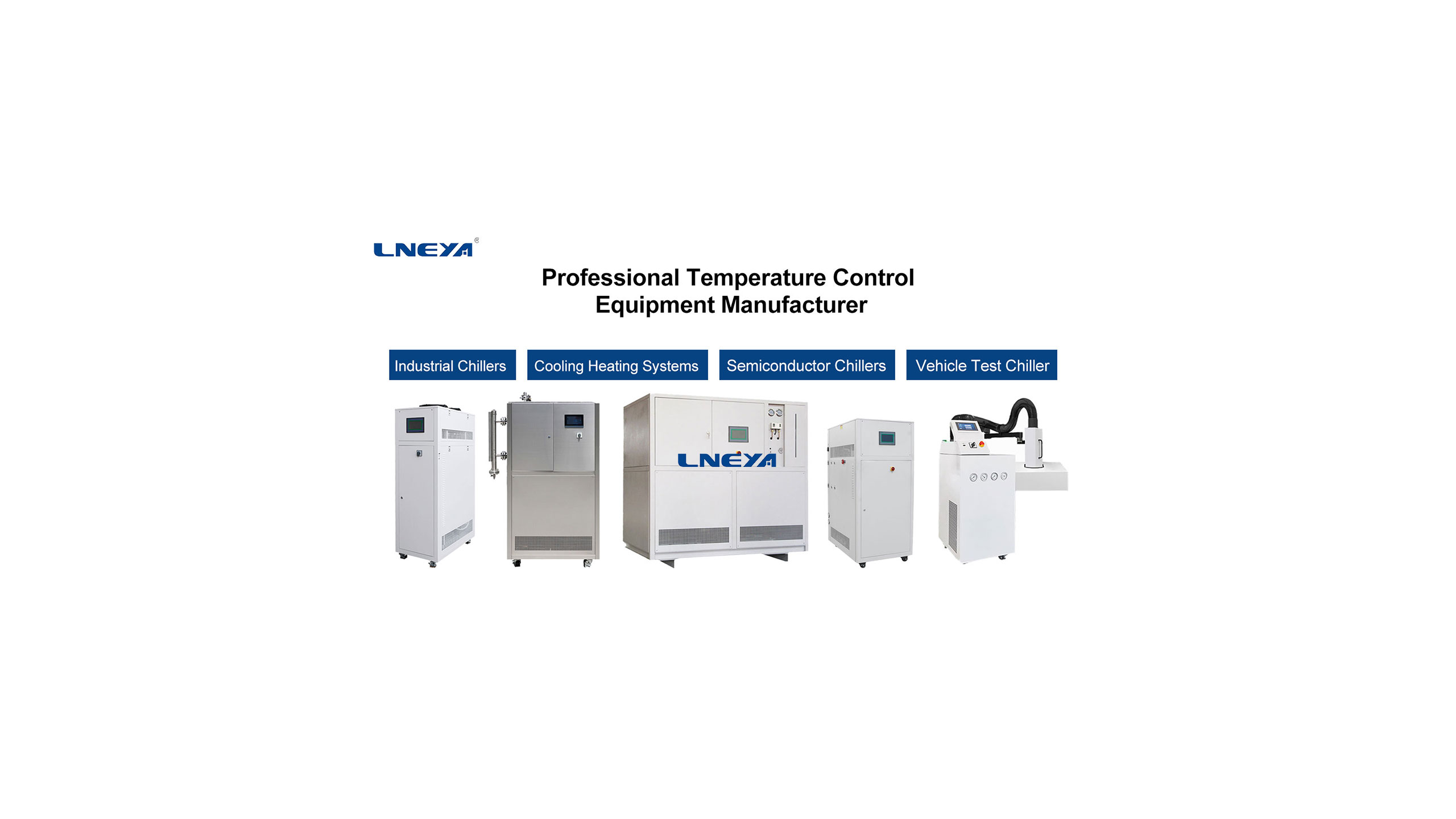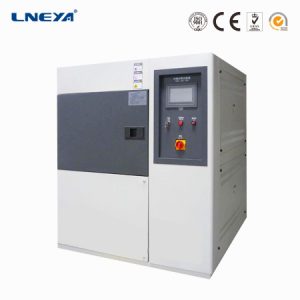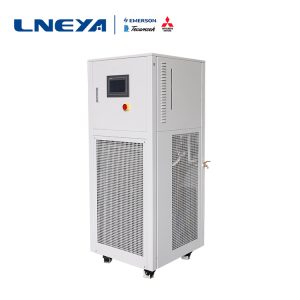なぜエナメル・リアクターの使用は危険なのか?

The enamel layer of the enamel reaction kettle is easy to burst when it is cold and hot. Because the enamel layer is sintered on the surface of the enamel reaction kettle, and the enamel layer will melt when it exceeds 200 degrees Celsius, so the temperature of the material in the kettle is not allowed to exceed 200 degrees Celsius, so the enamel kettle has a temperature resistance limit of 200 degrees Celsius, and the temperature resistance rapidly becomes cold. Shock <110℃, thermal shock <120℃. For example, the reaction temperature of the enamel reaction kettle is 160 °C, and the jacket of the reaction kettle is passed through the steam of 6-7 kg pressure. At this time, it is suddenly switched to the cooling water of 10 °C. The temperature difference exceeds 150 °C, the temperature difference is too large, and the enamel reaction kettle is very Easy to burst. This is the time to need a heating circulator, first use 80°C water to cool the material to about 100°C, and then switch to 10°C cooling water, which can greatly increase the service life of the enamel reactor. When the material is fed, the temperature difference between the material temperature and the kettle body temperature is too large, and the steam is too strong when heating, and the cooling is too rapid, which can also cause the porcelain to explode.
Typical applications of SUNDI series of LNEYA refrigeration and heating temperature control systems: dynamic constant temperature control of cold and heat sources such as high pressure reactors, double-layer glass reactors, enamel reactors, etc., constant temperature control of cold and heat sources of microchannel reactors; small constant temperature control systems, distillation systems temperature control, etc. High temperature cooling technology can directly cool down from 300 °C [because only the heat transfer medium in the expansion chamber is in contact with oxygen in the air (and the temperature of the expansion tank is between room temperature and 60 degrees), it can reduce the heat transfer medium being oxidized and reduced. Risk of absorbing moisture from the air.
関連推奨品
-
LNEYA 液体低温テストチャンバーテストチャンバー
1086高温・低温衝撃試験機は、金属、プラスチック、ゴム、電子機器などの材料に必要な試験装置で、材料構造や複合材料の試験に使用されます。高温衝撃試験機は、金属、プラスチック、ゴム、電子機器などの材料に必要な試験装置で、材料構造や複合材料の試験に使用されます。
詳細を見る -
Vocs condensation adsorption technology energy control instructions
1272The vocs condensation adsorption technology has been developed under the current trend of environmental protection. The LNEYA vocs condensation adsorption technology uses condensation adsorption technology. In order to save operating costs, it is ...
詳細を見る -
蒸留システム温度制御システム選択の考慮点
1304Lneya蒸留システム温度制御システムは、蒸留業界では非常に求められている蒸留業界をサポートする機器のための自社開発の冷凍加熱温度制御システムです。では、どのような...
詳細を見る -
冷温一体型金型メンテナンス方法解説
1221熱間・冷間金型一体型温調機の使用過程では、定期的なメンテナンスや修理が必要です。そこで、LNEYAでは熱間・冷間金型一体型温調機のメンテナンス方法をご紹介します。
詳細を見る
 LNEYA工業用冷凍機 メーカー サプライヤー
LNEYA工業用冷凍機 メーカー サプライヤー














